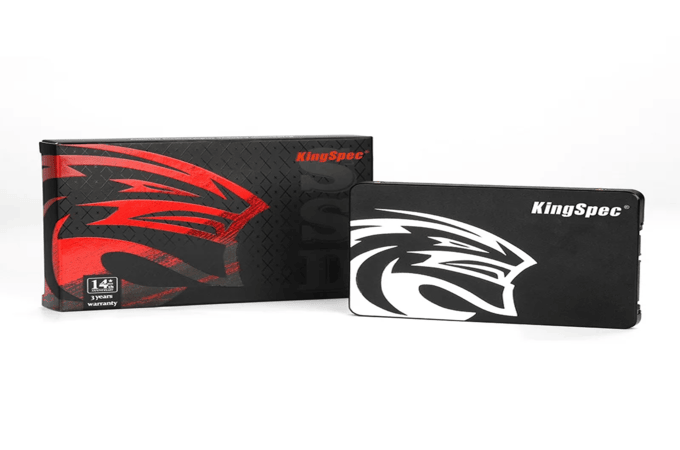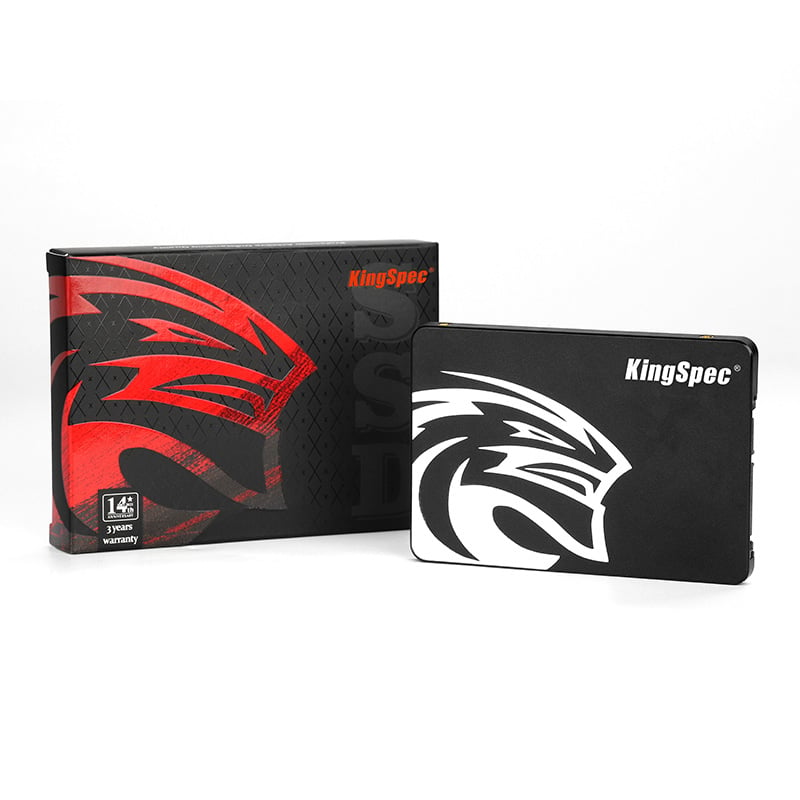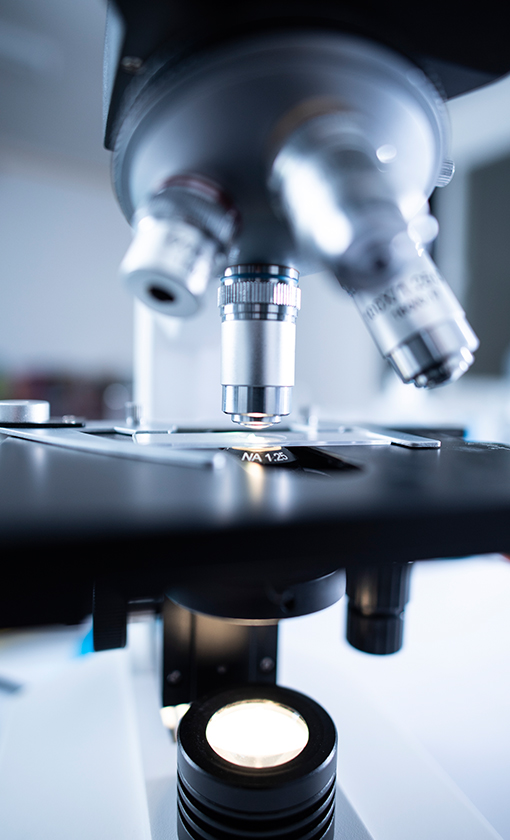News
Site Editor
 Site
https://kingspec.usa02.wondercdn.com/uploads/image/6307135a29359.png
SSDs are known to boost the speed of your computer by significantly huge numbers. An OS that takes around a minute or two on a traditional HDD will be ready to use on an SSD within 10-20 seconds. While both these work on the same principles, there is a major difference in the storage units, which in SSD is flash storage.
Site
https://kingspec.usa02.wondercdn.com/uploads/image/6307135a29359.png
SSDs are known to boost the speed of your computer by significantly huge numbers. An OS that takes around a minute or two on a traditional HDD will be ready to use on an SSD within 10-20 seconds. While both these work on the same principles, there is a major difference in the storage units, which in SSD is flash storage.
Which Operating System Is Best for Solid-State Drives?
Views: 8927
Author: Site Editor
Publish Time: 2022-12-12
Origin: Site
Selecting the right software and hardware will offer your computer the maximum performance. That's why some manufacturers have started creating their devices with fixed internal storage devices to gain the best performance. However, many users still have not installed solid-state drives on their computers.
So, if you are going for that upgrade and want to know which operating system will be the best, here is all you need to know.
Do Operating Systems make a difference with a Solid-State Drive
SSDs are known to boost the speed of your computer by significantly huge numbers. An OS that takes around a minute or two on a traditional HDD will be ready to use on an SSD within 10-20 seconds. While both these work on the same principles, there is a major difference in the storage units, which in SSD is flash storage.
When you start your computer, the processor fetches data from SSD, which is much quicker because of flash storage. The same goes for launching different tools, applications, and software. That's why computers make a huge performance difference when SSD is installed. SSDs even provide better speeds in reading and writing files.

Which operating system was the best for Solid-State Drive?
Today we have 3 major groups of operating systems, including Linux, Windows, and macOS. There are other options like chromes, etc., but here we will be elaborating on which OS provides the best performance and user experience on SSDs and how.
Linux
When it comes to Linux, there are several versions that you may install. Additionally, Linux is known for its high performance, even on low-end hardware. So, installing Linux OS on an SSD drive will be a good experience, especially because the platform supports SSD.
The filesystems are available with powerful optimization features. However, the experience may not be the same with all versions of Linux, where in some cases, you may need to go for manual configuration optimization.
Microsoft Windows
Windows do not run as smoothly as Linux on low-end computers. So, having ample storage space on your SSD is essential. If you get at least 256GB SSD to run your OS, then it can provide a smooth experience. Whether you talk about Windows 10 or 11, they have good capabilities with the SSD with default optimization.
However, switching from Windows 10 to Windows 11 might give you some performance lag depending on other PC hardware components.
Mac OS
Modern Macs do not come with upgradeable internal storage, and it is because of the compatibility of the Mac OS with SSD hardware. It performs exceptionally well compared to the HDD. The APFS is optimized to use the SSD to its fullest capabilities, resulting in a seamless performance.
Which one is the best for you?
So, if you have other devices from the Apple ecosystem, then Mac OS will be the best for SSD. If you want a good UI experience, Windows 10 or 11 make a good choice. For the most control over the hardware and its security, Linux is the best choice.
Find the best Solid-State Drives for your computer
There are several solid-state drives available, including the older SATA and the newer technologies like mSATA and M.2. However, if you are going with this hardware upgrade, see which operating system will be the best to run on that to gain maximum performance from your setup.






















